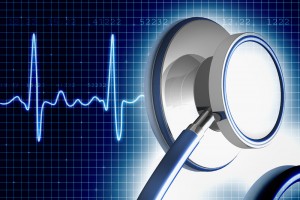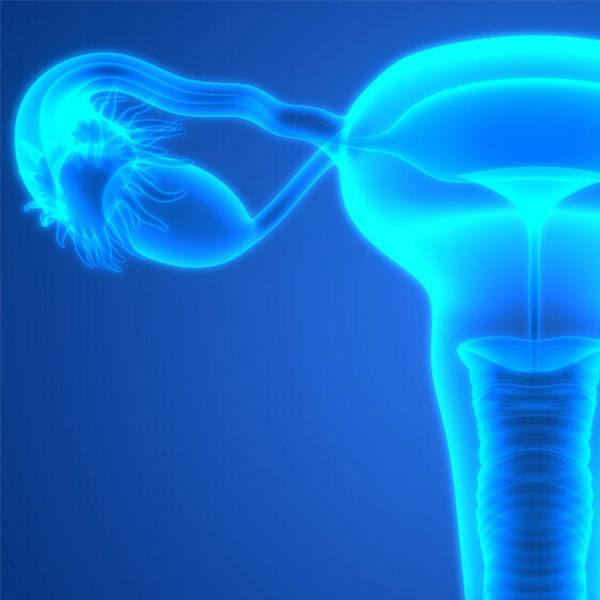-

Devices Help Reduce Severe, Chronic Nerve Pain
ROCHESTER, Minn. — September 20, 2012. When severe chronic nerve pain doesn't respond to medication, surgery or physical therapy, implanted devices may provide relief, according to the September issue of Mayo Clinic Health Letter.

In one type of device, electrical pulses are directed along a nerve to block or override pain impulses traveling along the same nerve. Medication pumps are another option, dispensing medication directly into the fluid around the spinal cord.
There are two types of electrical stimulation devices, and they may be used together. In spinal cord stimulators, a wire is placed within the spinal canal and connected to an electrical generator implanted beneath the skin in the abdomen. Approved by the U.S. Food and Drug Administration, spinal cord stimulators may improve pain from failed back surgery, peripheral neuropathy and complex regional pain syndrome, which results in leg or arm pain.
More targeted than spinal cord stimulators, peripheral nerve stimulators are placed along nerves that branch off from the spinal cord. They may be used to treat leg pain after back surgery, post-herpetic neuralgia and some types of headaches. This newer technology hasn't been approved by the FDA.
Implanted medication pumps are most often used to relieve pain from cancer or chronic back pain. The drug delivery system consists of a small flexible catheter placed in the spinal fluid. The catheter connects to a drug infusion pump implanted in the lower abdomen. The adjustable pump is programmed to dispense medication. It can be refilled by injection through the skin into the device.
Drug delivery pumps are effective but have limitations. Patients may develop increasing tolerance to the pain medication. Most often, pain medication pumps are offered to patients with limited life expectancy or in other extreme situations.
Nerve stimulation devices and pain medication pumps are effective to reduce — but not eliminate — pain. Reducing pain by about half is a reasonable goal when using these technologies. But that may be enough to allow patients to function more normally, especially when combined with other pain-management strategies.
Mayo Clinic Health Letter is an eight-page monthly newsletter of reliable, accurate and practical information on today's health and medical news. To subscribe, please call 800-333-9037 (toll-free), extension 9771, or visit Mayo Clinic Health Letter Online.
###
About Mayo Clinic:
Recognizing 150 years of serving humanity in 2014, Mayo Clinic is a nonprofit worldwide leader in medical care, research and education for people from all walks of life. For more information, visit 150years.mayoclinic.org, www.mayoclinic.org and newsnetwork.mayoclinic.org.
Media Contact: Ginger Plumbo, 507-284-5005 (days), newsbureau@mayo.edu







